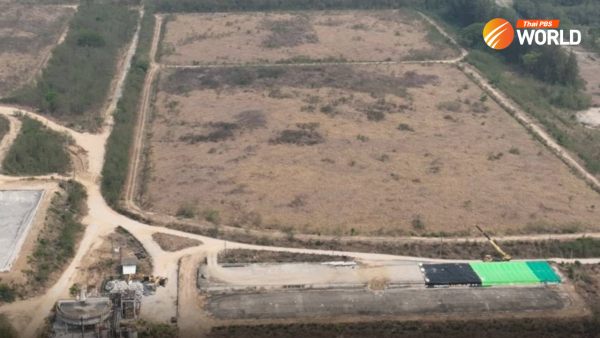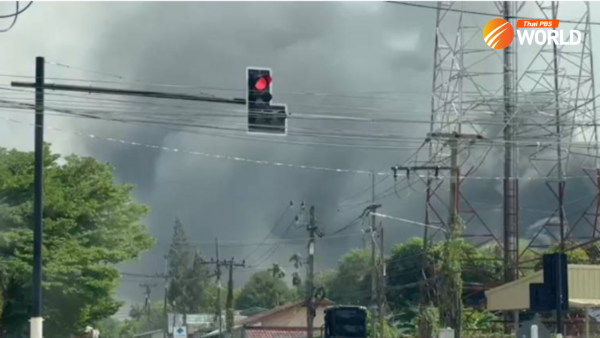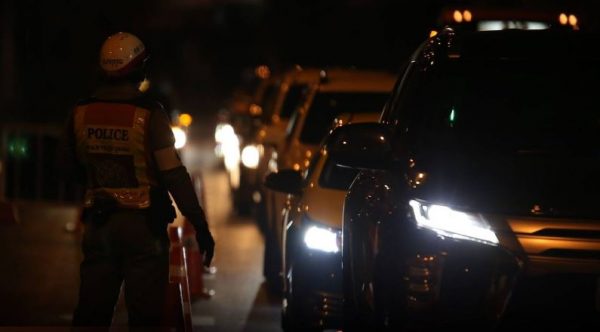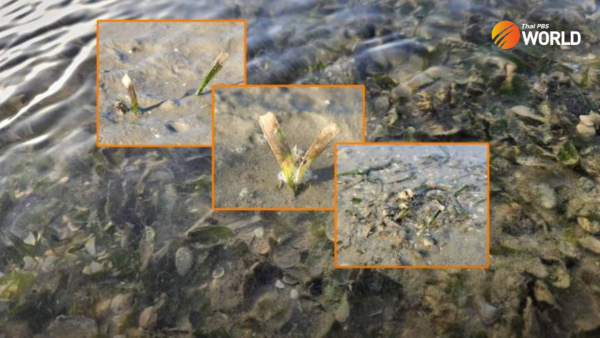Another Great Flood looming for Thailand? Experts weigh the risks

With the overflowing Chao Phraya flooding more provinces, Thais are worried their worst fears could soon be realized – a recurrence of the Great Flood of 2011, which claimed more than 600 lives and caused damage worth a whopping Bt1.44 trillion.
However, experts insist the natural disaster seen a decade ago will not revisit Thailand this year. The country’s economic hub – Bangkok – looks set to avoid the serious flooding that submerged businesses and neighborhoods in 2011.
“If you consider all key indicators, you will realize that Bangkok has nothing to worry about,” said Dr. Sutat Weesakul, director of the Hydro-Informatics Institute.
While the Pasak Jolasid Dam in Lop Buri is overflowing, the other two major Chao Phraya dams – Sirikit and Bhumibol – are just half full. Meanwhile, the volume of water flowing at the C2 checkpoint in Nakhon Sawan was recorded at only 2,657 cubic meters per second on Saturday. This is far lower than the 4,335 cubic meters per second seen 10 years ago.
“According to data from the Meteorological Department, only one storm has had a direct impact on Thailand this year,” Dr. Sutat added. “In 2011, Thailand was directly hit by five storms.”
Rainfall so far this year measures about 1,200 millimeters, while in 2011 it was more than 1,800mm. On average, Thailand gets about 1,467mm of rainfall per year.
Dr. Sutat also pointed out that in 2011, the embankment along the Chao Phraya River had sustained about 10 major cracks. This year, only one minor crack has been reported.
Better anti-flood infrastructure
Thailand, especially Bangkok, can now boast of a fairly robust infrastructure designed to prevent floods. After the 2011 disaster, authorities spent more than Bt100 billion to improve the water-management system, especially in the Chao Phraya River Basin.
The Office of the National Water Resources was also set up to integrate water management and draw up a 20-year national water strategy.
The 3-meter embankments funneling the Chao Phraya in Bangkok have been raised by 30 centimeters, while Nonthaburi and Pathum Thani have also put up floodwalls along almost the entire stretch of the river. In addition, 700 canals in the capital have been dredged to improve drainage.
Assoc Prof Suttisak Soralump, a geotechnical-engineering lecturer with Kasetsart University, told a podcast that industrial estates and towns swamped in 2011 are now better equipped to protect themselves against flooding.
“They have built embankments and dykes,” he explained.
Assoc Prof Sucharit Koontanakulvong, a lecturer on water resources engineering at Chulalongkorn University, said the improved infrastructure should prevent flooding even if the volume of water at the Nakhon Sawan checkpoint rises to 4,500 cubic meters per second.
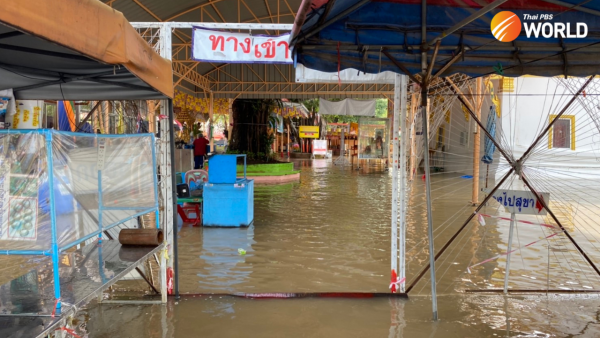
Not free from risks
However, Dr. Seree Supratid, director of Rangsit University’s Climate Change Center, said even though the volume of upstream runoff is lower than what was seen in 2011, there is still a risk of flooding.
“The level of water to the north of the Chao Phraya dyke [in Chai Nat province] is as high as it was in 2011,” he pointed out. “We must also realize that it is still difficult to accurately forecast the formation and direction of storms as well as rainfall.”
Seree sees too many uncertainties in the current crisis and says relevant parties must monitor and manage the risks closely to minimize potential impacts.
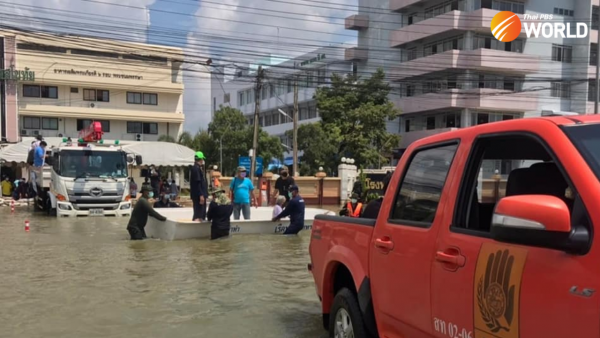
Make the battle local
Sucharit said that though Thailand has improved its flood-prevention infrastructure at the macro level, it still needs to boost efforts at the local level. He said flood management should be actively implemented within communities to plug gaps in disaster prevention.
“Each area should prepare a specific plan and prepare responses to various scenarios,” he urged.
He also said that mega infrastructure may not be of much help if rainfall is concentrated in one area. Such concentrated heavy rain was a major reason that Sukhothai has been heavily flooded this year.
Sucharit said subdistrict administrative organizations must focus their efforts on handling flood risks and mitigating impacts when risks get too high.
“We hope that with training, local administrative organizations will be able to do this within five years,” he said.
Prof Chaiyuth Chinnarasri, a lecturer at King Mongkut’s University of Technology Thonburi (KMITL) and an advisor to its president, pointed out that the area submerged in Sukhothai this year is not usually prone to flooding. Usually, the Yom River overflows into nearby Sukhothai communities. This time, however, runoff from an overflowing dam in Lampang’s Thoen district flooded areas that usually stay dry.
“This means the government should be aware of how climate change is affecting the intensity and uncertainty of precipitation, storm routes, water volume and sea levels,” he said.
Chaiyuth also urged relevant authorities to revive plans for floodways to drain runoff to the sea.
“Efficient town planning is also important or else floods will continue hitting economic zones,” he emphasized.
Much of the damage done by the 2011 floods was to industrial parks that are the engine of the Thai economy.
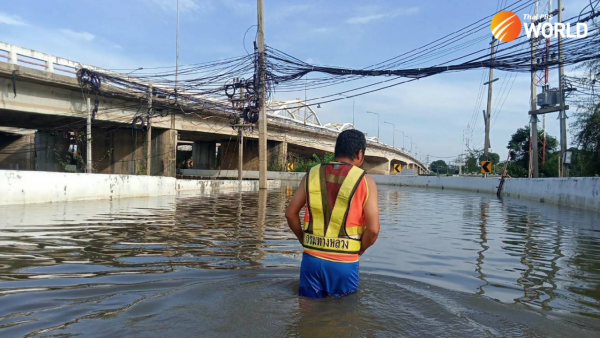
Maintenance, improvement of old reservoirs
During his podcast, Suttisak explained there were in fact more than 100,000 reservoirs in the country, but only 30 percent are supervised.
“Most small reservoirs have been handed over to local administrations,” he said. “Also, these reservoirs are on average more than 30 years old. In the Northeast, some structures are over 50 years old.”
These reservoirs should not only be properly maintained but also improved where necessary, the academic said. “For instance, some may require spillways. We should not try to solve current problems with tools that were created decades ago.”
Better communication required
While the public rightly fears Thailand’s seasonal floods, Chaiyuth says not all flooding is bad. Though they cause damage in some areas, floods also deliver benefits like nutrient-rich water and soil to others.
“If we understand this fact and understand nature, we will be able to come up with innovative solutions,” Chaiyuth said. “For instance, flood-prone areas may not be suitable for growing rice, but they may be suitable for other things.”
By Thai PBS World’s General Desk



